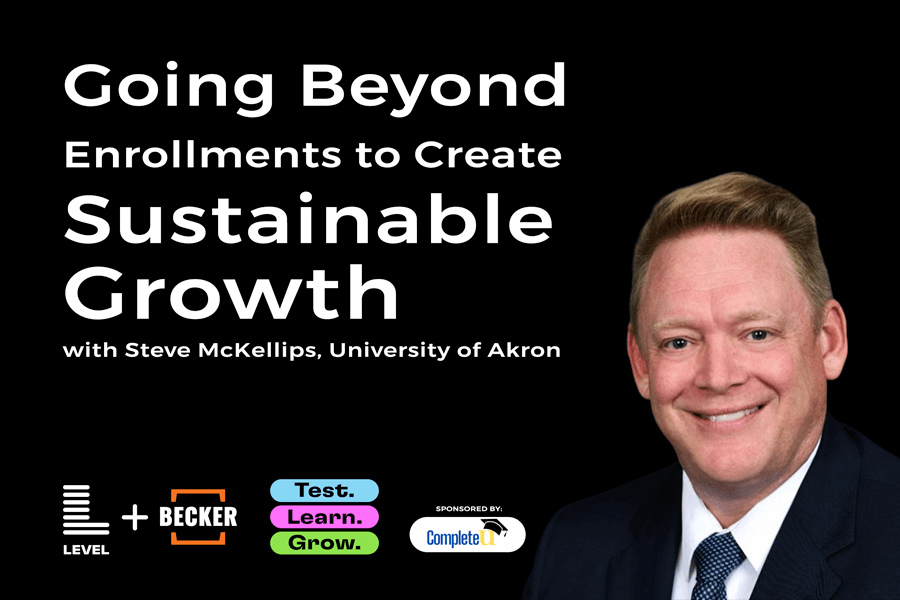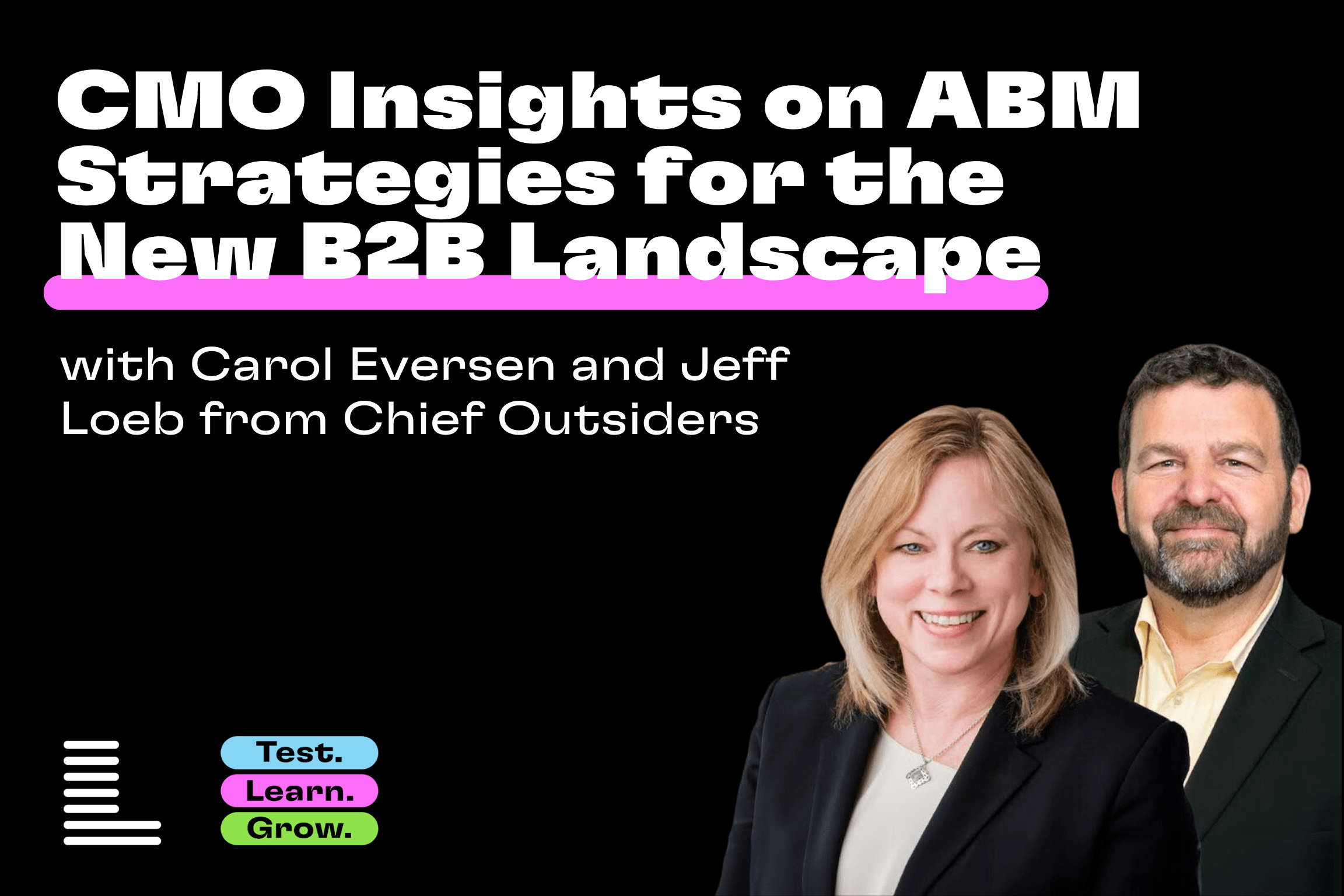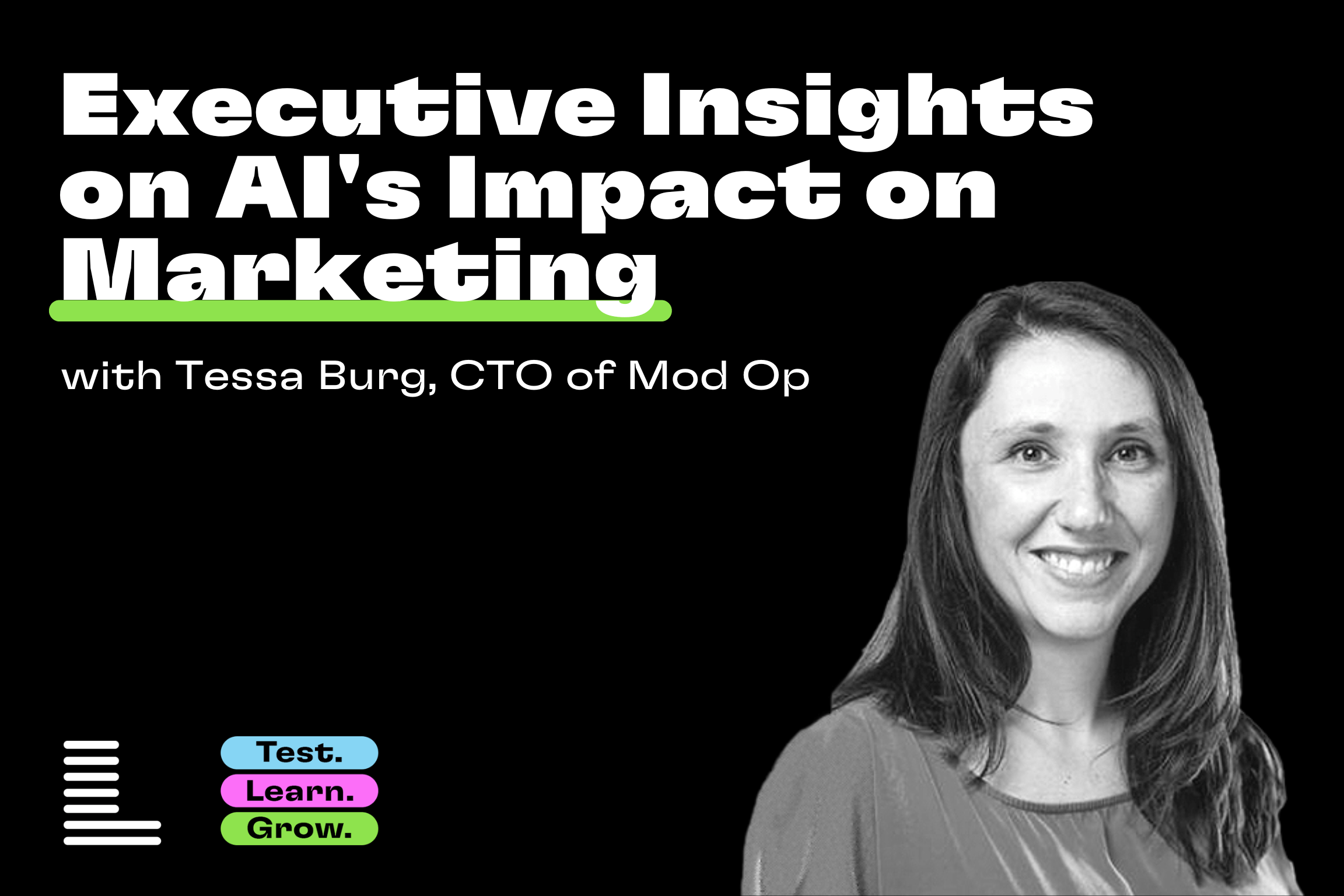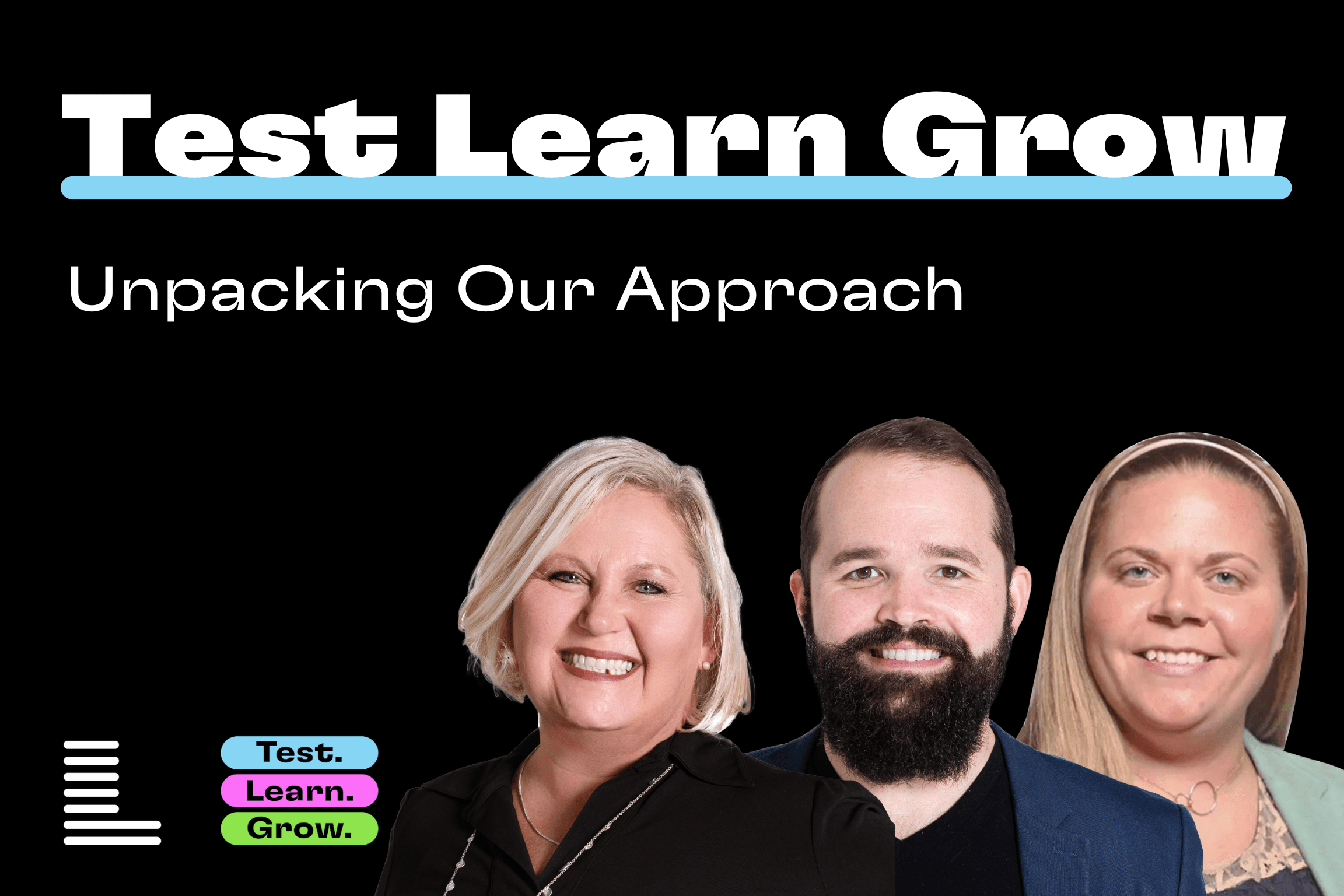
In this article, we’ll discuss what to look out for when setting up Lead Ads from a technology perspective. We’ll cover integrations, ad setup, and offer some best practices that may vary depending on your expertise and needs.
What are Lead Ads?
Lead Ads are contact information forms that are built into an advertising platform like Facebook or LinkedIn. When a user engages with a Lead Ad, there’s no need for them to leave the site and go to a landing page. These forms are often pre-populated with information from their profile for easy submission. Facebook pioneered this concept and many other platforms are now following suit, with LinkedIn and YouTube both offering the format and Google Search testing out a beta version.
This is Part 2 of a 3-part series on Lead Ads. For a more in-depth introduction, read Lydia Borovina’s piece, and the first entry in this series, Lead Ads: A Media Buyer’s Primer. Following this guide, analyst Kahlianne Jones addresses the billion-dollar question: Based on the data, do Lead Ads drive a higher efficiency? Or, do Lead Ads yield lower-quality leads, resulting in more expensive qualified leads?

Integrations
Building an integration means using a purpose-built tool, or custom code, to pass new lead information into your database.
Before launching any lead-generation campaign, it’s critical to have a system of record for your new lead data to enter. For most of our clients, this is a Customer Relationship Management (CRM) platform like Salesforce or Microsoft Dynamics, or a marketing automation platform like Marketo or HubSpot.
This setup ensures that your data is secure, categorized properly, and can be retrieved by your other systems, whether for sales, bookings, customer service, or, in our case, marketing efforts.

Lead Ad Integration Solutions
Lead Ad forms come in many flavors, so you’ll encounter challenges for the setup and maintenance an integration from platform to platform. Any integration could be categorized into three solutions:
- Direct Integration
This uses the CRM itself to integrate/sync data between the advertising platform and the CRM. This is normally the fastest option, but it comes a few issues. For starters, it is only available for Facebook or LinkedIn and only a handful of CRMs allow this type of integration. You also don’t have 100% control over the data that’s being passed, other than the form fields that were set up. In other words, you can’t pass any hidden fields or UTM tracking parameters. And in some CRMs like Marketo, if you have multiple forms with different field names, they all need to be synced with a separate field in the CRM for consistency. You can’t have “Zip Code” and “Postal Code” mapped to “Zip,” for example. You’ll either need to come up with a global naming convention or have your CRM set up with multiple fields for the same data (not recommended). In summary: If you need a quick and simple solution with minimal maintenance, a direct integration could work for you. However, Level rarely recommends it: It offers little control for the advertiser. And, we can’t track where the lead is coming from—a critical piece of our strategy of testing and optimizing toward lower costs and better results.
- Third-Party Integration
Third-party platforms like Zapier, Leadsbridge, Integrate, etc., are custom-built to post leads from the advertising platform to a CRM. Set up is generally quick and easy, even with no development experience, and you have a bit more control with the data. However, with this being a service there is cost. Some of the services limit the amount of leads that you can process, and the time to post the lead isn’t instant depending on the tier you are paying for. If you’re willing to pay, and have no development resources on hand, third-party integration tools can be a very powerful tool. The added flexibility, and ability to track leads makes them a preferable option to CRM-based integrations.
- Custom API Integration
The most difficult and time intensive option is also the most flexible. Custom integrations require some development chops and access to a server that can accept webhooks. With custom-coded integrations, everything can be made to fit into any CRM. Any field can be mapped to any data source. Have a lead-scoring algorithm you’d like to include? Sure, if you can figure it out! However, with all this control means greater security risks and more time needed to maintain the API. Data privacy and security regulations mean that you’ll have to take concrete steps to take in order to maintain (and prove) that the personal data you’re collecting and passing through stays secure. But if you are executing a complex marketing strategy with multiple platforms or want to tailor audience-specific lead categories, a custom solution is your only option. Level maintains its own custom API, which we adapt to different clients’ needs. Speaking of maintenance, when a platform changes its requirements, or a new CRM update hits, that means more work on your (painstakingly built) integration!
Platforms

Facebook was one of the first platforms to launch Lead Ad forms. In the time since, there have been a lot of changes to get integrations running. No matter what solution you choose, the first requirement is that you have access the Facebook page and be a “page admin”. With this you can access the forms and export data manually if you’d like.
Starting the integration process, options 1 and 2 require a login in most cases and you’re good to go so it’s quite painless.
However, option 3 comes with a little baggage and requires some time to get it working. You’ll need to first get a Developer account so you can register for a Facebook app. Setting this up logs your account information and sets up a webhook. Next, request for specific permissions for app access: “leads retrieval” and “manage pages”. After filling out the permission requests you’ll need wait a few days for the Facebook review team to reply with an approval or rejection message. If you’re rejected, edit the request according to the reason for rejection wait for another few days. After all that work and waiting, you’ll need to subscribe your Facebook page to the app you just set up so it can receive leads. You can now test out your integrations with the Facebook testing tool.

LinkedIn Lead Ads
LinkedIn was next in line to use Lead Ads. This platform is quite limited with what you can do and what you can have integrated. At first, you’ll need to make sure you have access to the business page as a page admin of the page that you are advertising for. LinkedIn integrations rely on solutions 1 or 2. Log into your account in the CRM or third-party platform to have your data sync. Solution 3 is possible, but you’ll need to request for a development account, and have it poll the API every few minutes, which can be tedious.

Google Search Lead Ads (Beta) and YouTube Lead Ads
Google Search and YouTube are newcomers to the lead ad space and don’t allow much customization when it comes down to the forms (Full Name, User Email, User Phone, Zip code, and some additional tracking info like campaign id). The platform also doesn’t have many options to integrate since it requires a webhook URL to post to. So, with Google and YouTube lead ads you can only integrate with options 2 or 3. All you should have to do is place the API URL in the platform and it will send out a test lead instantly to confirm the connection. After that, you are set and your data will pass through into the fields you identify.
Summary
There is always a way to integrate your Lead Ads with your system of record, whether through a direct integration, third party integration or even a custom integration. It all requires a little bit of work, but once you find the solution that fits your needs, you’ll be much more comfortable rolling out your next lead form on the next big advertising platform.






